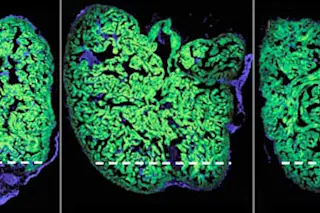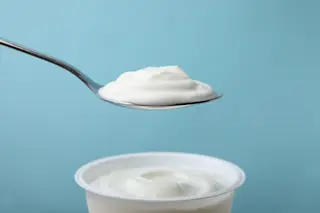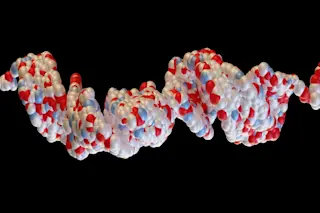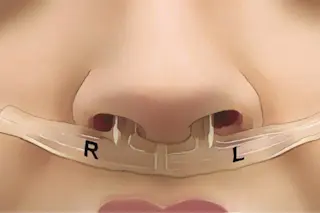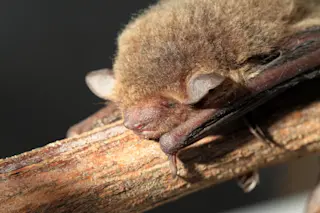When a person has a heart attack, the heart repairs its damaged muscle by forming scar tissue. As a result, the heart never truly goes back to the way it was. But when a zebrafish has a heart injury, like having a large chunk of it chopped off, it grows a brand new piece to replace it. Two independentreports published in the journal Nature show that within days of an injury to its heart, the zebrafish has the remarkable ability to regenerate most of the missing cardiac tissue using mature heart cells--not stem cells, as some researchers had suspected. The findings help explain why human beings can't regenerate a heart or missing limbs. The reports contradict a previous study (pdf) done by one of the research teams in 2006 that suggested that stem cells, the general all-purpose cells that develop into all the mature and functional cells of the body, ...
A Lesson From the Zebrafish: How to Mend a Broken Heart
Discover how zebrafish heart regeneration reveals secrets of cardiac tissue repair, challenging stem cell therapies for heart attack.
More on Discover
Stay Curious
SubscribeTo The Magazine
Save up to 40% off the cover price when you subscribe to Discover magazine.
Subscribe

